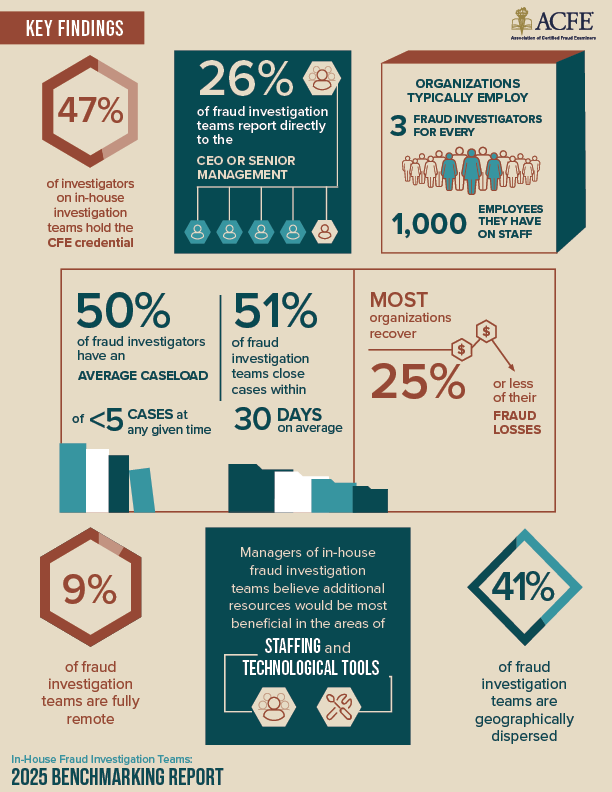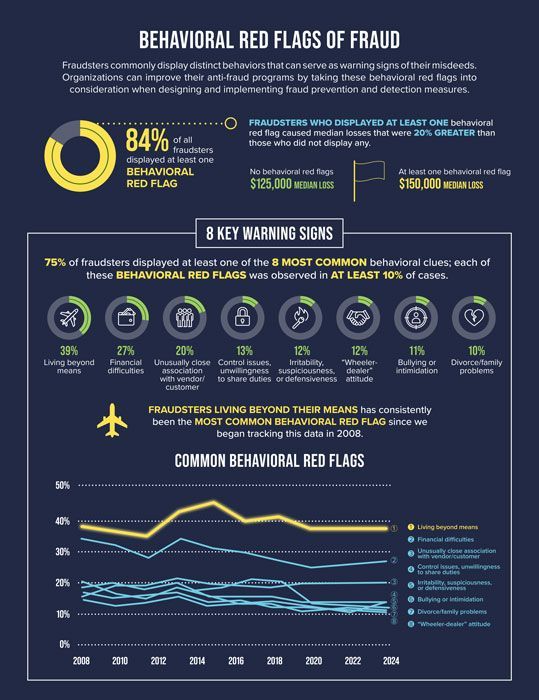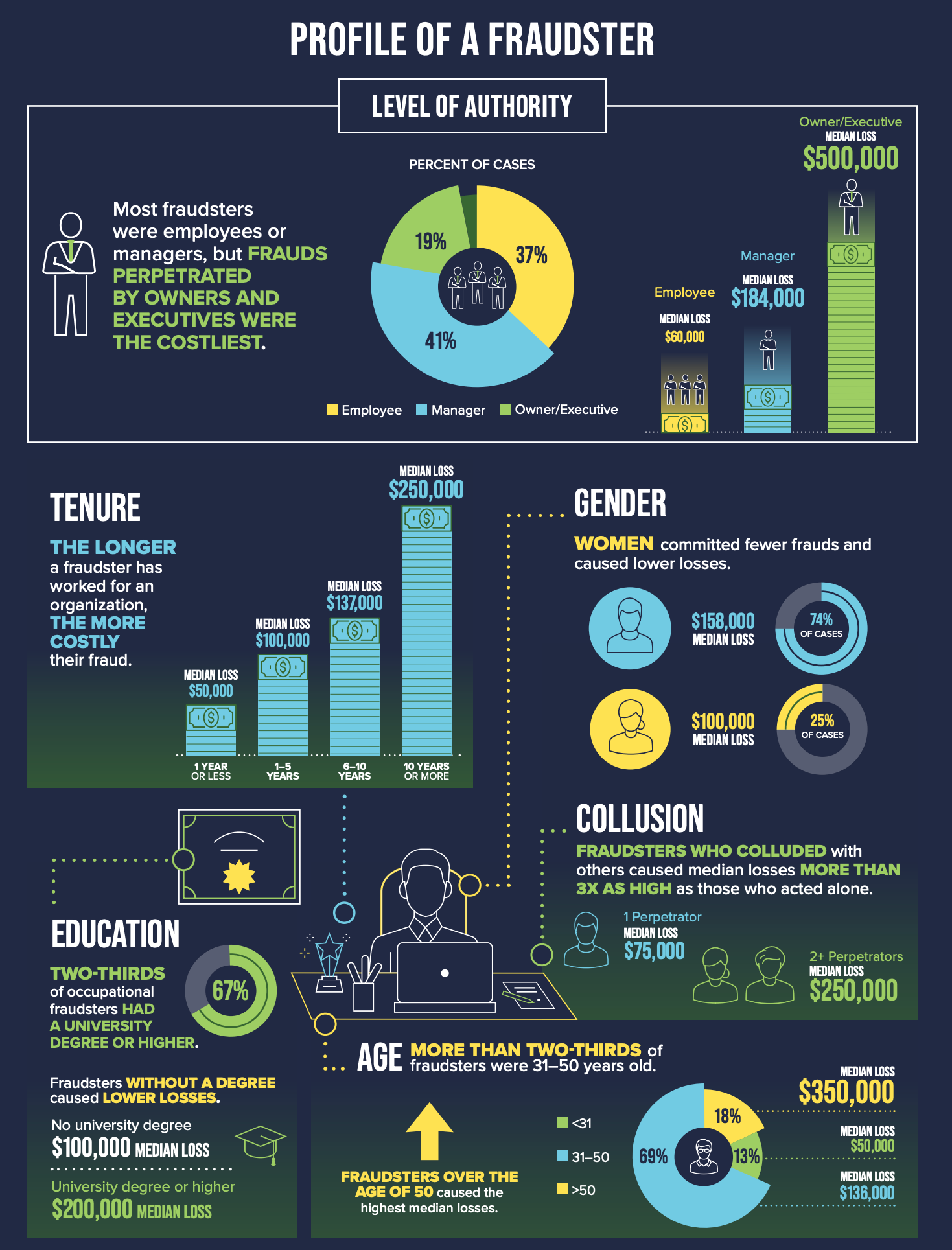How AI Tools Are Shaping Forensic Accounting Practices in 2025
In 2025, a headline-grabbing fraud case showed just how much AI has changed forensic accounting practices. Investigators used advanced AI detection tools to uncover a network of fake invoices and deepfake payment requests, exposing over $1 billion in losses that would have likely gone unnoticed without these new systems. This case highlights both the opportunities and the risks that come with AI: criminals now use AI to pull off more convincing scams, but forensic accountants use the same technology to find hidden threats fast.
At its core, forensic accounting means digging deep into records to spot fraud, settle disputes, and get to the truth behind the numbers. These tasks once took weeks or months. Now, AI quickly sorts massive amounts of data, flags unusual trends, and connects patterns that humans might miss. This new approach to forensic accounting practices saves time and costs, making fraud investigations more efficient and clear.
Yet, while AI sharpens analysis and uncovers risk, skilled accountants are still in charge. AI can't judge motives or understand context as human experts do. Improved reliability in investigations comes from combining the speed and accuracy of AI with the judgment and experience of trained professionals. As technology advances, staying updated on the latest future trends in forensic accounting will be key for firms protecting their clients and reputations.
AI Improves Fraud Detection in Forensic Accounting Practices
AI is quickly becoming a vital tool for fraud detection within forensic accounting practices. By relying on machine learning to spot patterns and using real-time monitoring for instant alerts, accounting professionals are better equipped than ever to identify risks and protect assets. These smart systems not only speed up investigations but also deliver a level of accuracy and efficiency that traditional methods struggle to match.
Machine Learning for Pattern Recognition
Machine learning acts much like a smart filter, sifting huge amounts of financial data in search of irregularities that may signal fraud. It "learns" from previous fraud cases, allowing it to spot red flags in new transactions as they happen. For example, these systems can analyze bank records to highlight strange clusters of deposits or flag invoices created with suspiciously uniform values.
Consider how, in complex cases like embezzlement, a human eye might overlook minor inconsistencies. Machine learning tools excel here. They catch odd timing of transactions, duplicate checks, or vendor payments that stray from established patterns. These tools, such as automated invoice analyzers and transaction scanners, make quick work of tasks that used to take hours. Think of them as digital crime detectors that constantly update their methods based on new cases.
These capabilities support legal investigations by automating the evidence-gathering process. Findings become organized, accurate, and court-ready, allowing forensic accountants to present clear trails of suspicious activity. As the field matures, industry resources highlight how these tools now drive evolution of forensic accounting , helping professionals keep pace with the rising complexity of financial crimes.
For more on how AI is shaping fraud detection, see this in-depth guide on AI Fraud Detection and Forensic Accounting.
Real-Time Monitoring with AI
AI-powered real-time monitoring brings constant watchfulness to forensic accounting practices. These intelligent systems scan transactions as they occur, providing instant warnings if something looks off. In a corporate environment, this means large amounts of financial activity are under continuous review, making it much harder for fraudulent actions to slip through unnoticed.
During audits, AI not only detects but also reacts to suspicious activity, sometimes highlighting concerns the moment they happen. Looking to 2025, more accounting platforms will sync with AI to automatically enforce fraud checks during routine work. This means things like payroll, vendor payments, or expense reports are always under smart surveillance without disrupting daily operations.
The benefits of real-time AI monitoring in forensic accounting practices are clear:
- Immediate detection of fraud saves money and reputation
- Ongoing checks fit smoothly into current workflows
- Auditors focus on the most critical findings, reducing human error
The impact of this shift is profound, with experts noting how AI is steadily redefining processes across the industry. For additional reading, the article on Leveraging AI in Forensic Accounting and Litigation Support explores how AI keeps companies one step ahead of emerging risks.
Both machine learning and real-time monitoring are part of a larger movement—blending technology and professional judgment to build a stronger defense against fraud. For a broader discussion, you can also review the role of technology's role in fraud detection to see how new tools continue to shape forensic accounting practices.
AI Automates Data Handling in Investigations
AI is now the engine powering smarter, faster forensic accounting practices. As the volume and complexity of financial data grows, so does the need for automation in investigations. These tools are reshaping the way professionals find evidence, spot risks, and present findings. Let’s look closer at two key areas: making sense of large datasets and untangling unstructured information with natural language processing (NLP).
Analyzing Large Datasets Quickly
Forensic accounting often means working with thousands or even millions of records from different places—bank statements, business ledgers, tax returns, and sales logs, to name a few. AI stands out here for its speed and accuracy in merging, sorting, and visualizing data from all these sources.
Picture an investigation that combines tax files and transaction logs for five years across four business units. Manually, this could take months. With AI, software can connect these pieces quickly, flagging anything that looks odd, like duplicate payments or gaps that do not add up. These insights are then transformed into easy-to-read charts and timelines. This not only saves time but also makes sure no trail is missed.
The end result is clear: organized, court-ready findings that are easy for judges and juries to follow. When evidence is structured and linked back to its source, the risk of missing important clues goes down, and confidence in the results goes up. Forensic accountants can now deliver stronger cases faster, which keeps costs low and trust high.
For a deeper dive into how these AI-powered processes work, see this review on AI and open-source tools in forensic accounting and valuation services. If you want to understand how skills and tech combine, explore the essential skills for forensic accountants.
Using NLP for Unstructured Information
Most investigations involve messy, unstructured data: emails, instant messages, memos, or even scanned handwritten notes. This information often hides the clues forensic accountants need. NLP tools are now smart enough to read through huge troves of these materials, extract the important bits, and arrange them by relevance or risk.
For example, if an insider is moving company funds out through hidden accounts, their email behavior might show last-minute discussions or code words right before transfers happen. Modern NLP can spot patterns like this—flagging messages that use high-risk terms or mention off-the-books payments at unusual times. These tools summarize findings into focused digests, saving teams from wading through endless inboxes.
By 2025, NLP models are fine-tuned to accounting jargon and the complicated language of financial documents. This means better results with less guesswork. Human investigators still review what matters, but the AI does the first cut, surfacing what deserves attention.
The impact of NLP and related AI systems on forensic accounting practices is clear in industry analysis, such as this paper on forensic accounting in the age of AI , and this breakdown of how AI improves fraud detection, data analysis, and streamlines investigations.
As AI continues to evolve, joining automation with professional judgment is the best way to keep investigations effective and trusted. For more about designing smarter fraud programs using these tools, visit this guide to build an effective anti-fraud program.
Challenges and Future Outlook for AI in Forensic Accounting
AI technology is reshaping forensic accounting practices, but not without its share of hurdles. Accountants rely on AI for speed and accuracy, but privacy concerns, ethical questions, and the push to combine AI with other new tools are front and center. The field will need to adjust as regulatory demands and digital currencies make fraud investigations even more complex.
Overcoming Ethical and Privacy Issues
Firms using AI in forensic accounting must treat data with care. The tools handle sensitive financial records, so privacy risks are real. As AI adoption grows, accounting leaders put strict measures in place:
- Regular AI audits : Many firms schedule ongoing reviews of algorithms to check for bias and confirm AI systems follow their intended use. This helps ensure investigations stay fair and defensible.
- Clear data access protocols : Restrictions on who can access or modify case files limit the risk of accidental leaks or misuse.
- Privacy and bias training : Firms are investing in programs that educate staff about data privacy, ethical use, and the possible pitfalls of AI decisions.
- Active oversight : Accountants remain responsible for final decisions. AI serves as a guide, but human experts judge if a finding is significant or if personal data needs extra protection.
Surveys show that over 60 percent of firms cite privacy and security as their leading concern when bringing in AI for fraud detection. Staying ahead means making privacy a core part of every investigation and updating routines as rules change. For a deeper look at why compliance matters for fraud risk, see compliance's role in fraud prevention.
Integrating AI with Emerging Tech
Crypto assets, digital payments, and open banking have created new hiding spots for stolen funds. By 2025, forensic accounting practices increasingly team up AI with other tech to track money in new ways:
- AI tracking cryptocurrency flows : Algorithms break down blockchain ledgers to spot suspicious movement, even when transactions use complex privacy tools or bounce between currencies. As digital asset fraud grows, this skill becomes essential.
- Automation plus blockchain : Next-generation systems can sync AI findings with digital ledgers, speeding up account tracing and documentation.
- Unified data platforms : Firms build systems that mix transaction data, email records, and open-source intelligence, helping AI spot connections across sources.
Industry forecasts expect the global forensic accounting market to double in size due to these advanced tools and rising fraud threats, as detailed in this analysis of forensic accounting demand and AI-driven fraud risks. Further, AI-driven analytics are expected to play a key role in stopping financial crime by keeping up with fast changes in digital finance, outlined in 2025 AI trends in fraud and financial crime prevention.
For those wanting to better understand how forensic accountants support law enforcement in these modern challenges, see the piece on forensic accountants in law enforcement.
The outlook for AI in forensic accounting is both exciting and demanding. By blending automation, human oversight, and emerging technology, the profession is ready for fraud schemes we can only imagine today.
Conclusion
AI has transformed the speed, accuracy, and reach of forensic accounting practices. Automated systems cut through vast data sets, highlight risks, and help professionals find answers faster than ever. While technology now drives many of the routines, experienced forensic accountants remain central—making sense of AI findings and applying informed judgment.
This partnership between AI and skilled professionals builds stronger cases, streamlines investigations, and keeps fraud in check. As financial systems grow more complex, the right expertise and technology are key to safe, trustworthy results. For anyone seeking dependable support, connecting with professionals who use AI-driven solutions is a vital step.
To continue learning about how these advances protect businesses, visit our overview of forensic accounting for organizations. Thank you for reading—your commitment to secure financial practices is what keeps progress moving forward.




